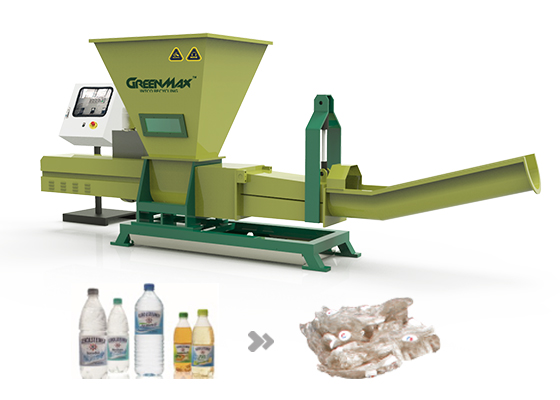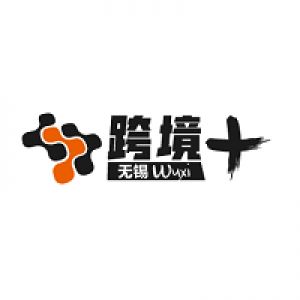Recycling more materials – PE and PPPosted by Kuajing Plus on September 5th, 2022 In 2020, policymakers launched, among other things, the Packaging Act, another milestone on the way to a circular economy. According to this act, all products must be designed and produced in such a way that the packaging is either reusable or recyclable after use. The goal is to produce top-quality plastic items from plastic packaging waste-- supposed plastic waste. However, in regard to recyclability, there are differences between the different kinds of plastic. Plastics that can be sorted by type, such as polyethylene (PE), and polypropylene (PP), are particularly suitable. Types of plastic and also their identification with recycling codesHardly another material is much more present in daily life than plastic. Over 400 billion tons of plastic with different properties -- flexible or rigid, transparent or cloudy, soft or tough-- are produced globally every year. In order to distinguish between the different types, there are standard abbreviations called recycling codes. These codes offer information about the material as well as its proper use and also recycling. An overview of the most used types of plasticPolyethylene (PE)With a share of around 30%, polyethylene (PE) is the most widely used plastic in the world today. In France alone, more than half of all plastic packaging is made of polyethylene. PE comes in two forms: high-density (HDPE) and low-density (LDPE). Polyethylene is extremely simple to recycle, provided it is not adhered to other plastics to form composite products. Unlike other plastics, PE is usually reused with the same function: canisters end up being new canisters, the film becomes a new film, etc. Polypropylene (PP)Polypropylene (PP) is a resistant and flexible plastic very similar to HDPE in terms of its properties and structure. With a market share of around 21%, it accounts for the second-highest proportion in the packaging sector in Australia after PE. In principle, PP is also well suited for recycling. It can either be processed as a recyclate for reuse or remelted directly into new products. R-PP is not usually used to make new packaging but is used to make items such as garden furniture, park benches, and appliances. Recycling potential for PE and PPSome Australian organizations see great potential for recycling polyethylene (PE), the second most processed plastic in Australia at around 9 million tons per year. Although PE is readily recyclable, current recycling rates of low-density PE are only around 31%. The organization states that plastic film waste is still perceived as a difficult-to-process material stream, even though Australia has already proven that PE stretch film recycling is entirely possible. In order to maximize recycling potential, products need to be designed with more thought given to their future recycling on the one hand, as well as existing recycling technologies need to be developed. The organization additionally calls for the intro of integrated collection and also sorting processes at the Council level in order to enhance both the quantity and also the quality of the collected waste. The recycling of PP bottles, containers, and thermoplastics is also coming more and more into focus and represents another important section of the recycling market. Recycled PP can be used for different applications. Nonetheless, similar to PET waste, the quality and also condition of collected PP waste varies. Typically, the quality of the collected PP material is low. As a result, it is also required to continue developing PP recycling technologies and offer new technological solutions to recycle most polypropylene. ConclusionSince the Australian government passed a new recycling bill, plastic recycling has developed steadily. This means that packaging is not simply thrown away after use; it is used as a secondary raw material for producing new packaging. On the policymaking side of things, the significance of the circular economic situation is also continually growing in Australia, which is reflected not least in the strict legal requirements for packaging and its recycling. But the recycling potential, specifically for PE and PP, is much from exhausted. Many recycling companies still lack the right technologies to sort a wide variety of plastic packaging by type and produce high-quality recyclate that can be used to produce new packaging. GREENMAX PE & PP Recycling MachineThe GREENMAX Poseidon Series Recycling Machine is the first step in PE & PP packaging recycling process. The Greenmax Poseidon was designed specifically to compress PE containers, PE film, PET bottles, and PP boxes. The screw compression technology enables continuous output, and effectively dewaters the containers with the liquid captured in the water collection tray.
The GREENMAX PP & PE recycling machine compresses bottles to increase density and reduce the volume to save space. After that, the compressed waste packaging can be further processed and remanufactured into various plastic products. If you are interested in PP&PE Recycling, pls contact us today. Like it? Share it!More by this author |



